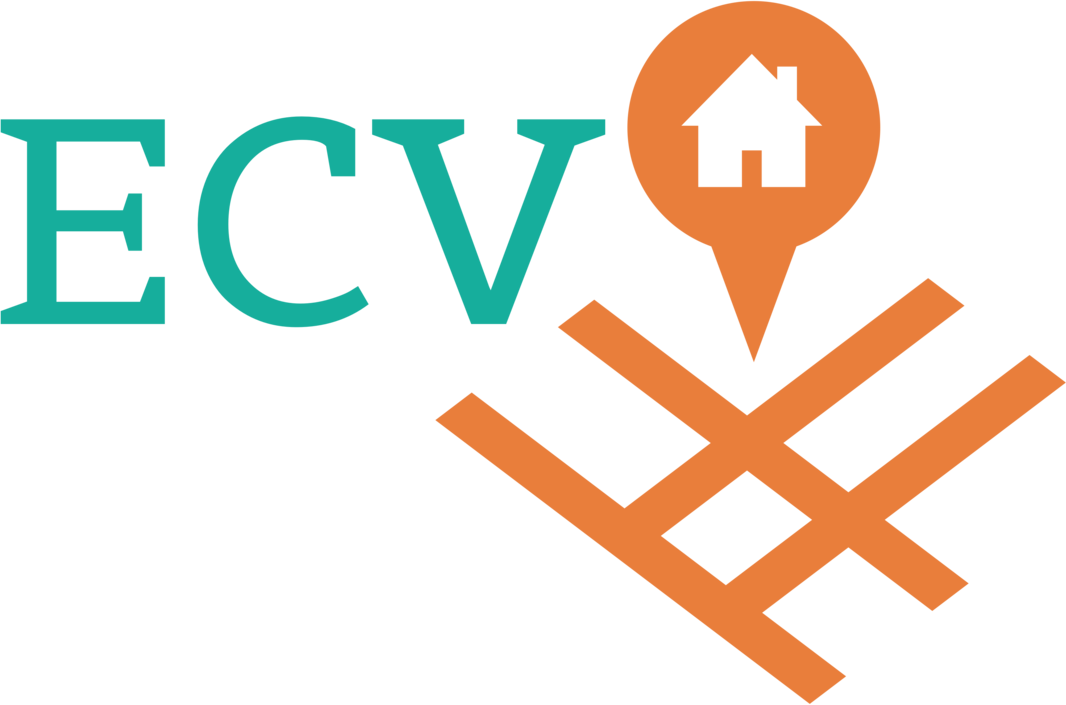Assessing Environmental Safety Risk
Environmental risk assessment is the procedure followed to estimate the probability of a harmful outcome or event due to pressures or variations in environmental conditions caused by human activities.
This article will let you have an understanding of how Direct Support Professionals (DSPs) of California developmental service centers assess environmental safety risks.
It’s important to know that these types of emergencies can occur anytime, anywhere, with or without warning. As part of maintaining patients’ safety, health, and well-being, the Care Providers are trained to always be prepared and be able to handle disasters and environmental risks.
The reaction of a DSP in an emergency depends upon:
The ability to identify risk
The skill of planning and acting on it
The ability to remain calm
For this reason, it’s vital to know what types of risks can occur and how to handle them professionally.
Types Of Environmental Risk
These environmental risks that caregivers encounter may be either internal or external. The internal risks may include things like a fire that occurs within the house, while the external risks may include a flood, earthquake, toxic spill, tornado, or other incidents that interfere with electricity, water, food supplies, or other essential facilities.
Sometimes internal risks/emergencies happen because of external environmental emergencies like a home being damaged by a flood or a fire caused in the house due to an earthquake.
The external emergencies put great tension on emergency and medical services. Along with making traveling, communication, and basic utility services difficult.
Reaction Of DSP To Environmental Safety Risk
To react to any external or internal environmental risk, Care Provider must follow the four 'Ps'.
Prepare
Ensure that the critical supplies required to overcome a disaster are present on hand. These include the following household needs in addition to the fire extinguishers and smoke detectors:
First aid kit and book.
Battery-powered flashlight and radio with sufficient extra batteries.
Adjustable wrench to turn off water and gas.
Sufficient bottled water and canned or dried food supply for one week for each patient and staff member.
Non-electric can opener.
Portable stove and fuel along with matches
Cash and credit cards along with an extra set of keys.
List of current medications and prescription of doctor of each individual.
Clothes, blankets, and sleeping bags.
A current posted Disaster Plan includes information about Poison control, relocation, and physicians' names and telephone numbers.
Plan
Community Care Licensing needs all facilities to have a disaster plan. DPSs write their own plans and the plan issued by the center. Writing or assisting in writing the disaster plan makes it more probable that they will understand the reason for their actions and identify strategies for a better plan.
Practice
To respond appropriately to environmental risk, they must have the proper knowledge and do regular drilling to overcome the disaster. DSPs must know the proper way to:
Provide first aid.
Turn off water, gas, and electricity.
Communicate with staff members.
Give individuals the assistance they need.
Perform
A Care Provider always stays calm in the case of disasters. He/She doesn't lose control because he is not responsible for saving only his life but also to maintain and support the elderly. When a disaster or environmental emergency occurs, a DSP immediately checks for injuries and provides first aid, checks for building damages, use the telephone to communicate, checks for water, gas, or electrical breaks, cleans up dangerous spills (such as glass or water), and turns on the radio and listens for instructions.
If you want to find out more about our available training and information, along with access to previous training materials from past events, sign up for FREE to become a member of Ca Care Association. This way, you can stay updated with the latest skills training and news regarding the Adult and Senior Caregiving Industry in California.



